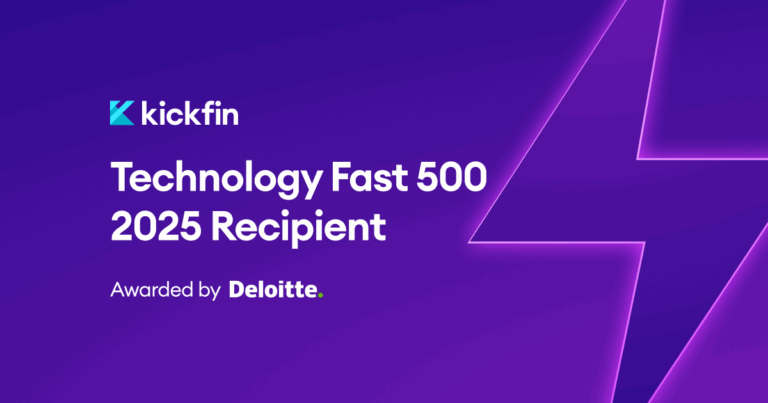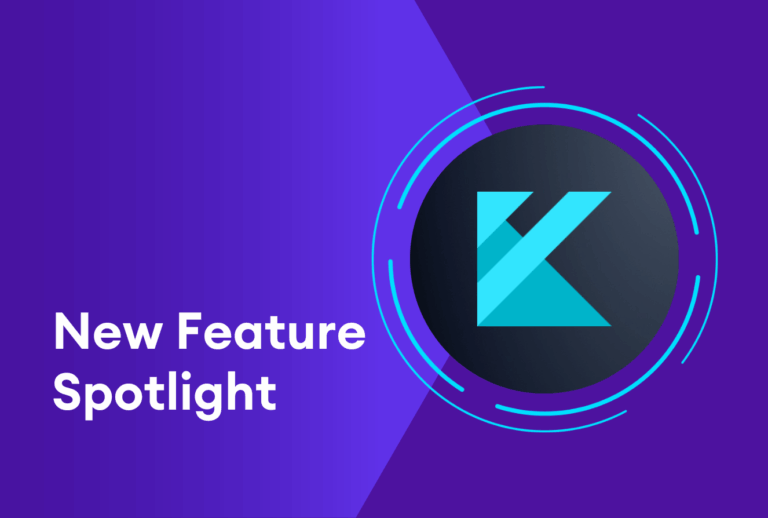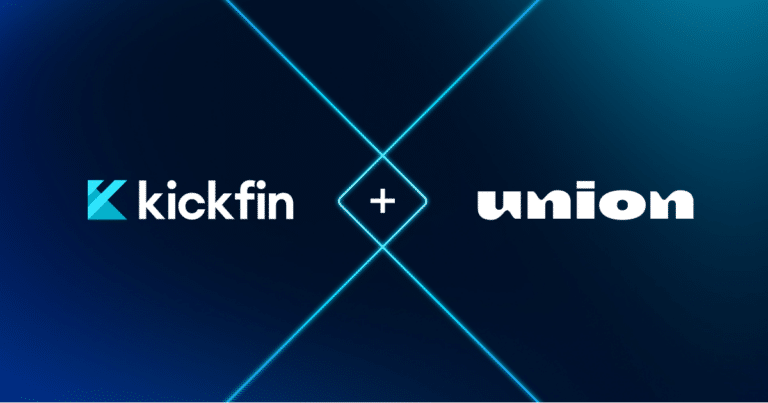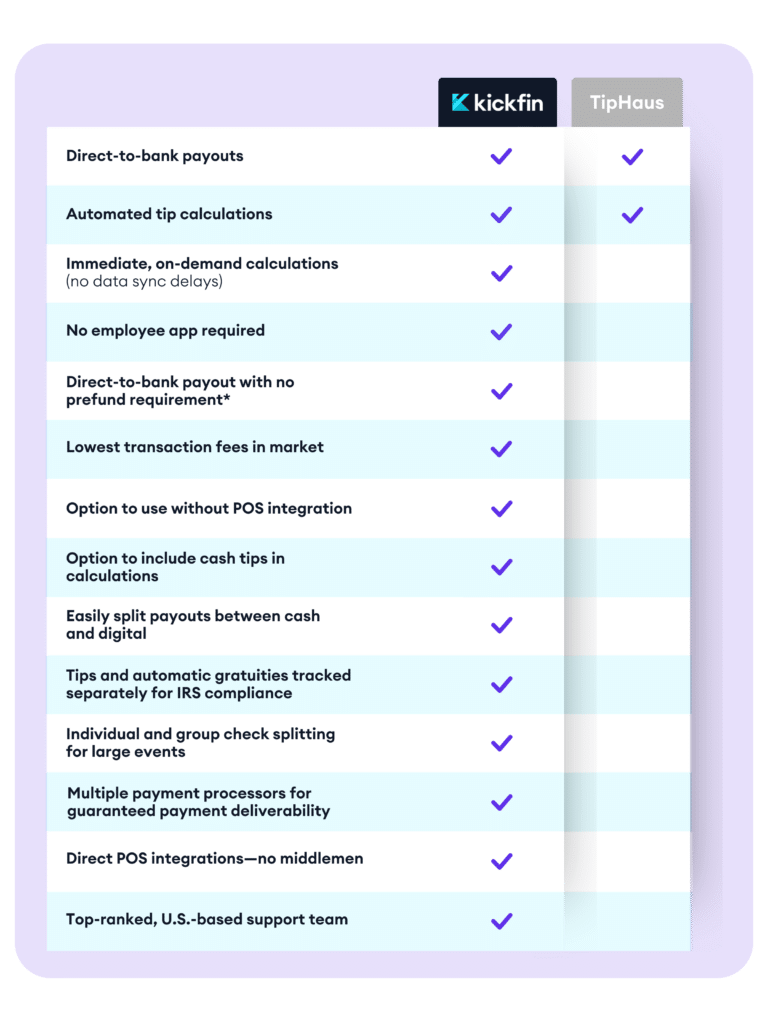It’s no secret that tax season is confusing and stressful, especially when you work in the hospitality industry. Many restaurant employees — whether they’re newbies or seasoned pros — aren’t exactly sure what’s required when it comes to reporting their income and filing taxes. There tends to be a lot of misconceptions particularly when it comes to reporting on tips received.
Maybe your employees are asking questions, or maybe you have a hunch that they should be asking questions. If that’s the case, we’ve taken the liberty of answering a few FAQs that your staff might find helpful. (Obligatory disclaimer: Of course, this is not intended to be tax, legal or accounting advice, and it’s always best to point them in the direction of a certified tax pro if they need help!).
1. Do I have to report my tips to the IRS?
Short answer: yes.
Employees are required to report all income, including tips received while working at a restaurant, on their tax returns. This includes cash tips, credit card tips, and tips received via electronic payment platforms.
Accurately reporting your income, including the tips you’ve earned, ensures that you avoid penalties and legal issues. But it’s not just about ensuring “Uncle Sam” gets his due; it also behooves you to avoid underreporting your earnings. More on that in a minute…
To make things easier, it’s advisable to keep detailed records of your tips to ensure accurate reporting come tax time. (If you’re a Kickfin user, of course, that’s easy to do!)
These days, you probably receive tips from customers in one of two ways: either they add a tip via credit card when they pay the bill, or they’ll leave a cash tip. Here’s what to know about reporting credit card tips and cash tips to the IRS
Reporting credit card tips
Most restaurants use POS systems to run their front-of-house operations. When customers leave tips on credit cards, they’re getting tracked in the POS and reported to the IRS by your employer. As a result, those tips are going to be included on the W-2 or 1099 that your employer gives you.
That’s because your employer is responsible for paying taxes on your tip earnings, too. In addition to paying payroll taxes, employers are required to withhold income taxes, Social Security taxes, and Medicare taxes on those employee tips, just as they would on other forms of employee compensation. They must keep accurate records of all tips reported by employees and include those amounts when filing employment tax returns.
(Keep in mind: this is the case for all tips left on credit cards, no matter how your employer is paying out those tips — cash, digitally, paycard or payroll. In other words, even if you’re leaving your shift with a wad of cash in your wallet, the IRS is well aware that you earned those tips, assuming your customers are primarily paying with credit cards.)
What’s more: because cash tips are less common and POS data is readily available, the IRS collects income information based on the credit card tips you input through their SITCA program. So, there’s really no way around reporting credit card tips to the IRS, and you’ll be liable for income tax on those tips.
>> Learn more about SITCA and tip reporting
Reporting cash tips
This is where things can get a little muddy.
It’s been common practice in the restaurant industry to under-report cash tips (or not report them at all). Technically, this is illegal.
Bottom line: Employees are required to report all tips received when you file your taxes, including cash tips that were not run through your restaurant’s POS. Again, if you don’t accurately report your tip earnings, you could face financial and/or legal penalties.
2. Does it affect my employer (and will they care?) if I under report my cash tips?
Most restaurants are using the tip credit to decrease their monthly labor costs — so under reported tips could cause them some problems.
Your employer’s biggest concern here is making sure that you earn at least minimum wage with the addition of your tips. If the majority of your tips are coming from credit cards, those are already automatically reported through your POS system, and your employer can track them for compliance purposes. But if you’re the rare server who earns more cash these days, then under reporting tips could cause a big spike in labor costs for your employer.
In short, your employer probably won’t care if you don’t report all of your cash tips, but there are some serious reasons why you should…
3. What happens to me if I under report my cash tips?
Leaving those cash tips untaxed might give you more freedom in the short run, but it could affect your future financial security.
- You run the risk of being audited. No, it’s not super likely, but there’s always a chance that the IRS may be suspicious of your reported sales compared to your reported tips. This discrepancy could cost you in the long run.
- Unemployment and disability payments are based on wages. If you’re under-reporting your tips, it could hurt you if you ever need to rely on unemployment or disability (which many restaurant employees had to do during the pandemic). With your income artificially decreased, you’ll have to live off of much less than you’re actually owed.
- It may be harder to make investments in your future. We know great servers who are raking in the cash… but when you’re ready to make a major financial move, you might not have the documentation to back it up. For example, you might love a house that is technically in your budget, but without proof of your entire income, you might not qualify for a sizable enough home loan or be able to prove that you make three times the rent.
4. How does my tip reporting affect my taxes?
Ultimately, how much you report in tips will determine how much you owe in taxes — that’s kind of the whole point of reporting your income. The more you report, the higher your tax liability.
5. Why do I owe taxes every year? Aren’t they supposed to be withheld from my pay?
They are — but your hourly wage probably isn’t enough to cover your entire tax responsibilities. You might remember picking up several $0 paychecks throughout the year.
This isn’t necessarily a bad thing: many financial experts say that it’s actually better to owe taxes when you file. That means you had more freedom to invest throughout the year, and that you weren’t offering the government a loan that they have to pay back in April.
But we get it. That big tax refund is way more fun to see hit your bank account, and you might not be prepared to pay up if you owe. If you’re afraid that you’ll owe taxes (or panicking about where you’re going to get the money to pay them), here’s what you can do to ease your burden.
- Set taxes aside each week. Even though you’re walking out with tips in hand (or in your bank account), that doesn’t mean they aren’t going to be taxed eventually. Each week, count up your tips and set 10-15% aside to save for tax season. If you have extra money leftover — take a vacation!
- Explore write offs and deductions. Did you pay for your own uniform? Or for a safe alcohol service course? Are credit card fees taken out of your tips? All of these are deductions that you can use to reduce how much you owe.
- Keep precise records. You’ll need to know how much you spent on work-related expenses and will need to back it up with documentation. If your employer is using Kickfin, your account is a great source of truth for all of your tip payout information.
All of this reporting and recordkeeping can feel overwhelming — especially for servers who can’t remember how much cash they left with last night, let alone a year ago. Make sure your employees have all the tools they need to make smart financial decisions. Check out how Kickfin’s reporting can make life easier for managers and servers alike.






